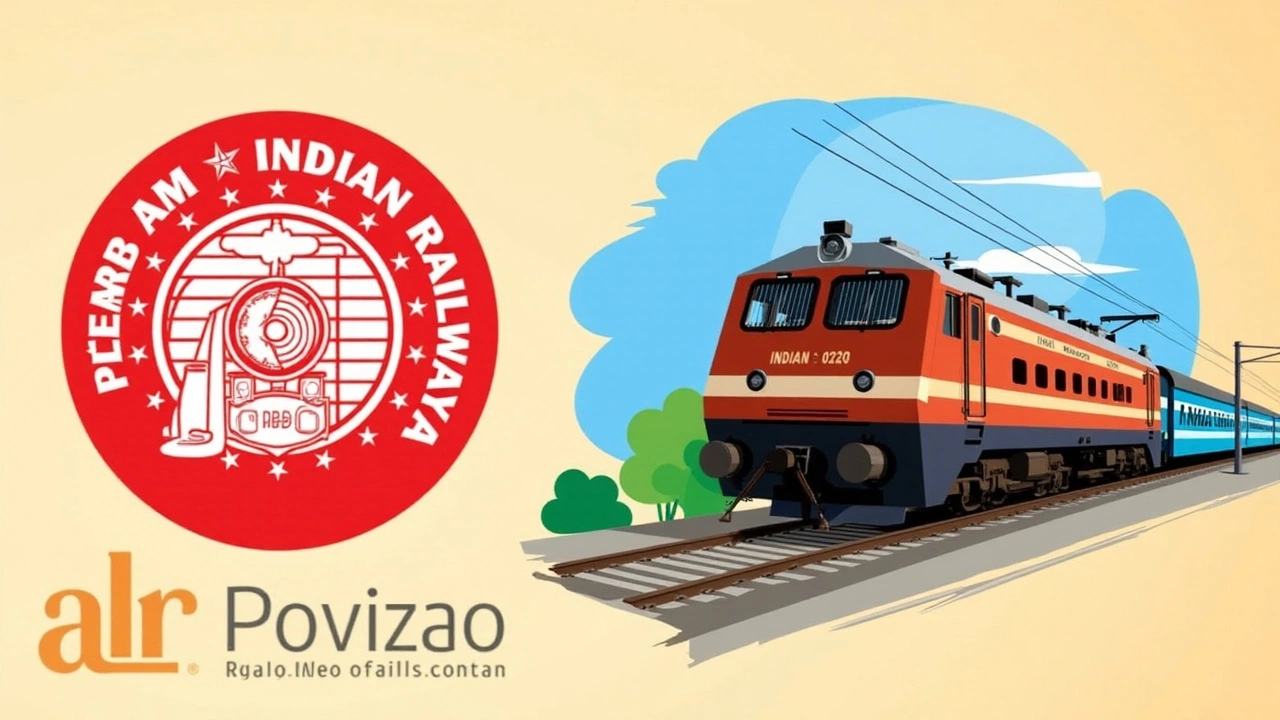Indian Railways – Latest News, Updates & Insights
When you hear Indian Railways, the state‑owned railway network that moves over 23 million passengers daily across 7,000 stations. Also known as IR, it forms the backbone of the nation’s transport system and touches every corner of the country.
Passenger trains, the scheduled services that carry commuters, long‑distance travelers and tourists and Freight services, the cargo‑focused operations that haul everything from coal to containers are the two pillars of the system. Indian Railways encompasses both, linking cities and industry alike. The mix of high‑capacity express trains, suburban locals and overnight sleepers creates a dense schedule that fuels daily life, while freight wagons keep factories supplied and ports moving. Together they generate most of the network’s revenue and keep the supply chain humming.
Booking a seat usually means using IRCTC, the online portal that processes millions of reservations each day. The platform requires a valid ID, a payment method, and the train’s code, which the system matches with real‑time seat availability. Because the web service integrates directly with the railway’s central database, it can instantly confirm cancellations, wait‑list upgrades, and PNR status checks. Mobile apps now push alerts for platform changes, coach alterations, and delayed departures, turning what used to be a chaotic experience into a fairly predictable one.
India is divided into 18 Railway zones, administrative regions that manage tracks, staff, and rolling stock. Each zone sets its own maintenance cycles, local timetables, and infrastructure projects. This structure influences everything from on‑time performance to regional electrification drives. For example, the Southern Railway zone has prioritized converting diesel routes to electric, cutting fuel costs and emissions, while the Northern Railway zone focuses on expanding high‑speed corridors. Zone‑level budgets also fund station upgrades, passenger amenities, and safety drills.
High‑speed rail is the next frontier. Projects like the Mumbai‑Ahmedabad bullet train and the Delhi‑Kolkata semi‑high‑speed corridor aim to shrink travel times dramatically. Indian Railways requires advanced signaling, dedicated tracks, and international financing to make these dreams reality. When these lines open, the network will not only move people faster but also attract new business opportunities along the corridors. Complementary plans for metro‑rail integration and last‑mile connectivity promise a seamless door‑to‑door journey for commuters.
Safety and maintenance remain constant challenges. Over‑crowded platforms, aging bridges, and occasional signal failures demand relentless inspection. Modernization programs focus on installing automatic train protection systems, upgrading track geometry, and expanding workshop capacity. By pairing technology with skilled staff, Indian Railways hopes to lower accident rates and improve overall reliability. Recent trials of drone‑based track monitoring and AI‑driven predictive maintenance are already showing promise in reducing downtime.
What’s covered below
Below you’ll find a curated mix of recent stories, analysis, and updates that touch every angle we just discussed – from passenger train schedules and freight dispatches to zone‑level projects and high‑speed milestones. Dive in to see how Indian Railways is evolving right now.
